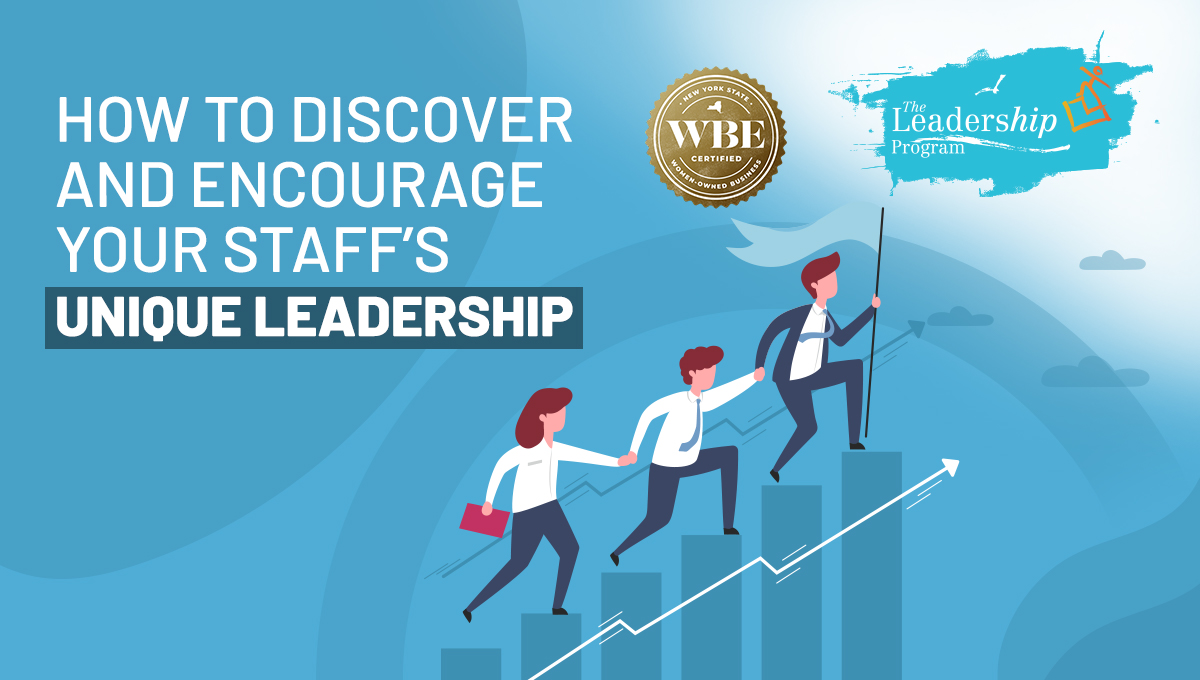Unlocking Leadership Potential Through Assessments
By now, the best leaders know that to increase productivity, grow your company, and improve employee job performance, you must understand exactly what your team is good at. Knowing what makes teams work well helps you capitalize on the unique leadership skills of each member. As your employees have different skills that contribute to your organization, highlighting and developing these skills will lead to greater output, better ideas, stronger and successful leaders, and happier employees.
But first, we need to know what high potential each of our team members has. And while we can take a few good guesses, there’s nothing like a good old fashion assessment test to see what strengths your team has. Additionally, once you know what your team’s strengths are, it’s important to know how to use those strengths to move your operation forward. Below are a few ideas on what to do with those strengths once you suss them out.
Pattern Map Your Team’s Talents.
As a manager, you can pattern map your team’s talents to needed areas, matching their talents with gaps in your operation. When you can see everyone’s strength at a glance, you can have a big picture view of how to strategically place your folks.
Highlight Your Staff’s Strength.
By doing so, you are building trust with your staff. When you highlight what people are good at, they feel more confident in your ability to trust them. A Gallup survey revealed that employees who regularly applied their strengths at work were five times as likely to strongly agree that they know what is expected of them at work.
When your staff feel confident about expectations and their ability to fulfill them, they are more likely to trust your leadership. And when you highlight their strongest abilities and provide opportunities for them to thrive, they can see themselves as valuable employees. They will be grateful that you are paving the way for this experience. Most of all, employees feel seen and appreciated.
Create Opportunities for Employees to Do More of What They’re Good At.
When people are doing more of what they are good at, they are generally happier. Productivity naturally rises when people are happy and enjoy their work. This is an opportunity for staff to grow their leadership potential, and in turn grow with the company.
Understanding Your Staff’s Work Style.
Many managers believe their direct reports should problem solve, think and process work in the same way they do. But there’s more than one way to skin a cat (no disrespect to cats).
We lose out when we don’t encourage staff to work in unique ways that allow them to excel. We can also benefit from teaching staff to understand their office mates’ work styles, to work more harmoniously. When your staff understands how each of you thrives at work, you can allow unique differences that lead to an innovative workplace.
Knowing your team’s strengths will surely take your team to new heights.
Depending on how work flows and your business, you can check out a few assessments to see which ones work best for you. Below are a few assessment tools that can uncover exactly what your team is good at.
This assessment looks at the 24 strengths that all humans have, and ranks them from strongest to weakest. The idea is to focus on one’s top 5 strengths to excel. They provide a series of assessments for you and your team. They provide reports on how to use strengths.
This assessment created by the Table Group. It highlights 6 types of Geniuses and ranks the individuals top geniuses divided by Areas of Genius and Frustration. Teams can use their newfound genius assessment to analyze team maps, interpret gaps, and advise solutions.
DiSC® is a personal assessment tool used by more than one million people every year to help improve teamwork, communication, and productivity in the workplace.
Based on 34 strengths, this assessment looks at how teams lead and work together. The strengths are divided into four domains: Executing, Influencing, Relationship Building and Strategic Thinking. The combination of strengths tells a story of how teams can work together and better understand their counterparts.
This is a more common assessment that categorizes one based on perceptions and decision-making. You are assigned 4 designations that are a combination of parings: introversion or extroversion, sensing or intuition, thinking or feeling, and judging or perceiving. The designation illustrates your personality type.
This assessment looks at one’s emotional intelligence and social functioning. The assessment categorizes you based on Self Perception, Self Expression, Decision Making, Self Management and Interpersonal skills. This assessment also takes into account well-being and performance.
How to process results with staff
Start with investigating the various assessments according to your current flow of work. Some assessments are free, and a few require payments. They are worth it, considering what you’ll get with your team.
Currently, you supply certain tools for your staff to work with, like a computer and a phone. Look at these assessments as an essential leadership tool that helps organize your team and develop strong leadership potential.
Workshops and Presentations
The best way to use these assessments is to provide a series of presentations or workshops exhibiting your staff’s leadership styles. Being able to see where everyone lies on the spectrum of strengths helps you be transparent and encourage strategic thinking on how members can work together.
There are many organizations that you can bring in to lead your team in exercises of assessment. Senior Management certainly can do this, however. Key take-aways you want your staff to walk away with are these:
- What are my strengths, how do they apply to the work, my leadership role and my real life?
- My strengths are unique and add value to my life and my team
- Introduce everyone to everyone’s strengths and create a curiosity around what others contribute.
- Keep everyone focused on their strengths, and not their weaknesses. Research shows that employees focused on their strengths outperformed those who focused on their weaknesses.
Team Work
Providing teams with the opportunity to openly discuss their strengths helps them feel better equipped to understand each other’s work styles. Discovering the science behind how your team works is exciting, and working together to reveal each person’s true strength is eye-opening.
Leadership Guide Books
- Good to Great by James C Collins
- Strengths Finder 2.0 by Tom Rath
- Drive by Daniel Pink
- Character Strengths and Virtues by Christopher Peterson and Martin Seligman





Comments [0]
Click here to read/write comments